- Have any questions?
- +86-189 8930 5995
- sales@mosinterchem.com.cn
Zinc Oxide CAS 1314-13-2

Zinc stearate CAS 557-05-1
18/12/2018
Lithopone B-301 CAS 1345-05-7
18/12/2018| Model: | MOS1314-13-2 |
| Brand Name: | MOSINTER |
| CAS No.: | 1314-13-2 |
| Purity: | ≥99.7% |
| Molecular formula: | ZnO |
| Molar mass: | 81.408 g/mol |
| Density: | 5.606 g/cm3 |
| Appearance: | White solid |
| Odor: | odorless |
| Melting point: | 1975 °C |
| Flash point: | 1436 °C |
| Solubility in water: | Insoluble |
| Alias: | zincoxideheavy |
| Refractive index: | 2.008~2.029 |
Zinc Oxide (CAS :1344-13-2)
| Item | criteria | ||
| Top Grade | First Grade | Qualified Product | |
| Colour | White powder | White powder | White powder |
| Zinc oxide (dired material)% ≥ | 99.70 | 99.50 | 99.40 |
| Lead oxide(calculated as pb) % ≤ | 0.037 | 0.05 | 99.40 |
| Metal (calculated as zn) % ≤ | No | No | 0.008 |
| Manganes oxide(calculated as Mn) % ≤ | 0.0001 | 0.0001 | 0.0003 |
| Copper oxide (calculated as Cu) % ≤ | 0.0002 | 0.0004 | 0.0007 |
| Matter insoluble in HCL% ≤ | 0.006 | 0.008 | 0.05 |
| Loss on ignition%≤ | 1.0 | 0.20 | 0.20 |
| Residue on 45 um sieve%≤ | 0.10 | 0.15 | 0.20 |
| Matter volatile at105οC%≤ | 0.30 | 0.40 | 0.50 |
Function and characteristic:
1. Small granule, even granularity, it is possessed of high dispersing ability. The chemical reaction is fast and completely, the reaction speed is identical.
2. The purity is high. As raw material, the product purity is high and stable. There is little impurity, reduce the impact on main products of other resultants.
3. The single granularity density and proportion are small. it is difficult to precipitate in the reaction process.
4. It is pure white color, and has not influenced the result products color after reacting.
USES:
Chemical industry grade zinc oxide is widely used in the production of zinc stearate, zinc bromide, zinc borate,phosphorizing liquid, can also be used to produce electroplating solution
Zinc oxide is an inorganic compound with the formula ZnO. ZnO is a white powder that is insoluble in water, and it is widely used as an additive in numerous materials and products including rubbers, plastics, ceramics, glass, cement, lubricants, paints, ointments, adhesives, sealants, pigments, foods (source of Zn nutrient), batteries, ferrites, fire retardants, and first-aid tapes. It occurs naturally as the mineral zincite, but most zinc oxide is produced synthetically.
In materials science, ZnO is a wide-bandgap semiconductor of the II-VI semiconductor group (since oxygen was classed as an element of VIA group (the 6th main group, now referred to as 16th) of the periodic table and zinc, a transition metal, as a member of the IIB (2nd B), now 12th, group). The native doping of the semiconductor (due to oxygen vacancies or zinc interstitials) is n-type. This semiconductor has several favorable properties, including good transparency, high electron mobility, wide bandgap, and strong room-temperature luminescence. Those properties are used in emerging applications for transparent electrodes in liquid crystal displays, in energy-saving or heat-protecting windows, and in electronics as thin-film transistors and light-emitting diodes.
Applications
The applications of zinc oxide powder are numerous, and the principal ones are summarized below. Most applications exploit the reactivity of the oxide as a precursor to other zinc compounds. For material science applications, zinc oxide has high refractive index, high thermal conductivity, binding, antibacterial and UV-protection properties. Consequently, it is added into materials and products including plastics, ceramics, glass, cement, rubber, lubricants, paints, ointments, adhesive, sealants, concrete manufacturing, pigments, foods, batteries, ferrites, fire retardants, etc.
Rubber manufacture
Between 50% and 60% of ZnO use is in the rubber industry. Zinc oxide along with stearic acid is used in the vulcanization of rubber ZnO additive also protect rubber from fungi (see medical applications) and UV light.
Ceramic industry
Ceramic industry consumes a significant amount of zinc oxide, in particular in ceramic glaze and frit compositions. The relatively high heat capacity, thermal conductivity and high temperature stability of ZnO coupled with a comparatively low coefficient of expansion are desirable properties in the production of ceramics. ZnO affects the melting point and optical properties of the glazes, enamels, and ceramic formulations. Zinc oxide as a low expansion, secondary flux improves the elasticity of glazes by reducing the change in viscosity as a function of temperature and helps prevent crazing and shivering. By substituting ZnO for BaO and PbO, the heat capacity is decreased and the thermal conductivity is increased. Zinc in small amounts improves the development of glossy and brilliant surfaces. However in moderate to high amounts, it produces matte and crystalline surfaces. With regard to color, zinc has a complicated influence.
Medicine
Zinc oxide as a mixture with about 0.5% iron(III) oxide (Fe2O3) is called calamine and is used in calamine lotion. Two minerals, zincite and hemimorphite, have been historically called calamine. When mixed with eugenol, a ligand, zinc oxide eugenol is formed, which has applications as a restorative andprosthodontic in dentistry.
Reflecting the basic properties of ZnO, fine particles of the oxide have deodorizing and antibacterial properties and for that reason are added into materials including cotton fabric, rubber, oral care products, and food packaging. Enhanced antibacterial action of fine particles compared to bulk material is not exclusive to ZnO and is observed for other materials, such as silver. This property is due to the increased surface area of the fine particles.
Zinc oxide is widely used to treat a variety of other skin conditions, in products such as baby powder and barrier creams to treat diaper rashes, calaminecream, anti-dandruff shampoos, and antiseptic ointments. It is also a component in tape (called “zinc oxide tape”) used by athletes as a bandage to prevent soft tissue damage during workouts.
Zinc oxide can be used in ointments, creams, and lotions to protect against sunburn and other damage to the skin caused by ultraviolet light (seesunscreen). It is the broadest spectrum UVA and UVB reflector that is approved for use as a sunscreen by the FDA, and is completely photostable. When used as an ingredient in sunscreen, zinc oxide blocks both UVA (320–400 nm) and UVB (280–320 nm) rays of ultraviolet light. Zinc oxide and the other most common physical sunscreen, titanium dioxide, are considered to be nonirritating, nonallergenic, and non-comedogenic. Zinc oxide is, however, slightly absorbed into the skin.
Many sunscreens use nanoparticles of zinc oxide (along with nanoparticles of titanium dioxide) because such small particles do not scatter light and therefore do not appear white. There has been concern that they might be absorbed into the skin, and a study published in 2010 found that nanoparticles of ZnO that were applied to human skin via sunscreens could be traced in venous blood and urine samples. In contrast, a comprehensive review of the medical literature from 2011 says that no evidence of systemic absorption can be found in the literature.
Zinc oxide nanoparticles can enhance the antibacterial activity of Ciprofloxacin. It has been shown that nano ZnO which has the average size between 20 nm and 45 nm can enhance the antibacterial activity of Ciprofloxacin against Staphylococcus aureus and Escherichia coli in Vitro. The enhancing effect of this nanomaterial is concentration-dependent against all test strains. This effect may be due to two reasons. First, Zinc Oxide nanoparticles can interfere with NorA protein. NorA is a protein which is developed for conferring resistance in bacteria and has pumping activity that mediate theeffluxing of hydrophilic fluroquinolones from a cell. Second, Zinc Oxide nanoparticles can interfere with Omf protein. Omf is a membrane protein that is responsible for the permeation of quinolones into the cell.
Cigarette filters
Zinc oxide is a constituent of cigarette filters. A filter consisting of charcoal impregnated with zinc oxide and iron oxide removes significant amounts of HCN and H2S from tobacco smoke without affecting its flavor.
Food additive
Zinc oxide is added to many food products, including breakfast cereals, as a source of zinc, a necessary nutrient. (Zinc sulfate is also used for the same purpose.) Some prepackaged foods also include trace amounts of ZnO even if it is not intended as a nutrient.
Pigment
Zinc white is used as a pigment in paints and is more opaque than lithopone, but less opaque than titanium dioxide. It is also used in coatings for paper. Chinese white is a special grade of zinc white used in artists’ pigments. It is also a main ingredient of mineral makeup.
UV absorber
Micronized and nano-scale zinc oxide and titanium dioxide provide strong protection against UVA ultraviolet radiation, and are used in suntan lotion, and also in UV-blocking sunglasses for use in space and for protection when welding, following research by scientists at JPL.
Coatings
Paints containing zinc oxide powder have long been utilized as anticorrosive coatings for metals. They are especially effective for galvanized iron. Iron is difficult to protect because its reactivity with organic coatings leads to brittleness and lack of adhesion. Zinc oxide paints retain their flexibility and adherence on such surfaces for many years.
ZnO highly n-type doped with Al, Ga, or In is transparent and conductive (transparency ~90%, lowest resistivity ~10−4 Ω·cm). ZnO:Al coatings are used for energy-saving or heat-protecting windows. The coating lets the visible part of the spectrum in but either reflects the infrared (IR) radiation back into the room (energy saving) or does not let the IR radiation into the room (heat protection), depending on which side of the window has the coating.
Plastics, such as polyethylene naphthalate (PEN), can be protected by applying zinc oxide coating. The coating reduces the diffusion of oxygen with PEN.[74] Zinc oxide layers can also be used on polycarbonate (PC) in outdoor applications. The coating protects PC from solar radiation and decreases the oxidation rate and photo-yellowing of PC.
You must be logged in to post a review.

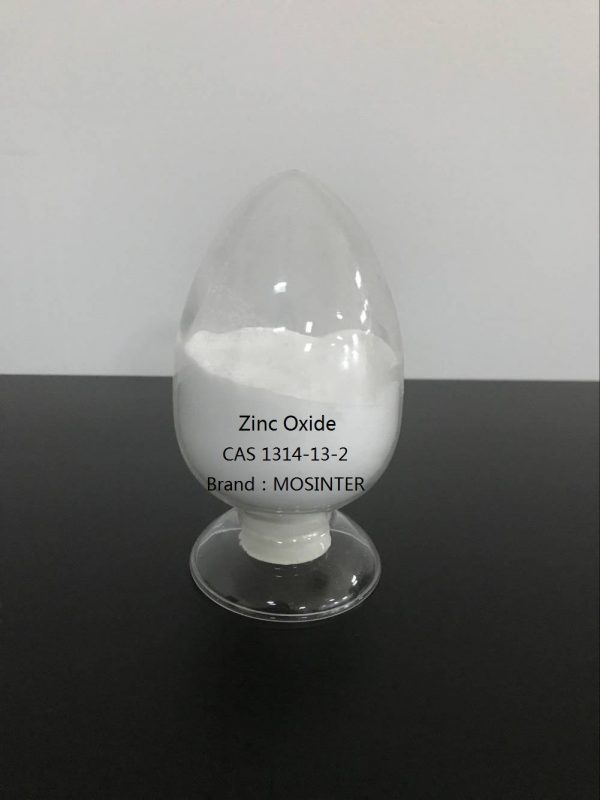
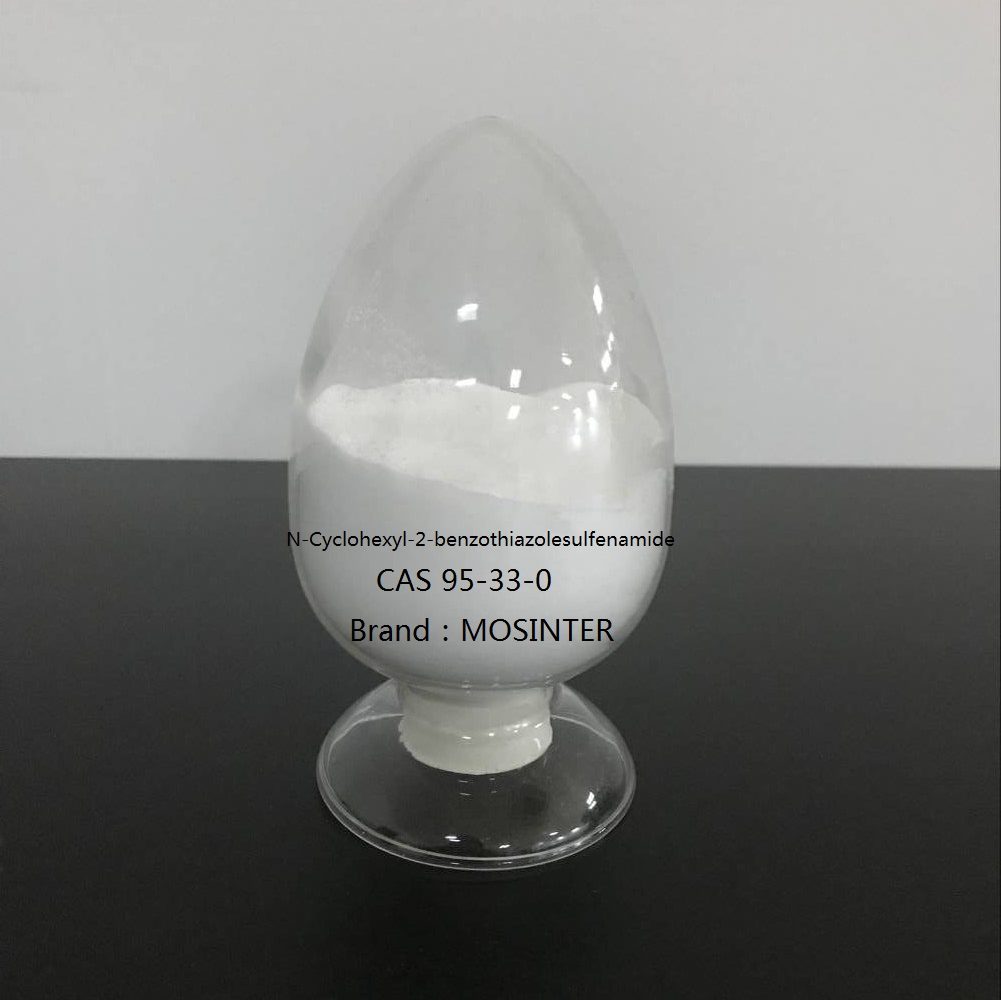
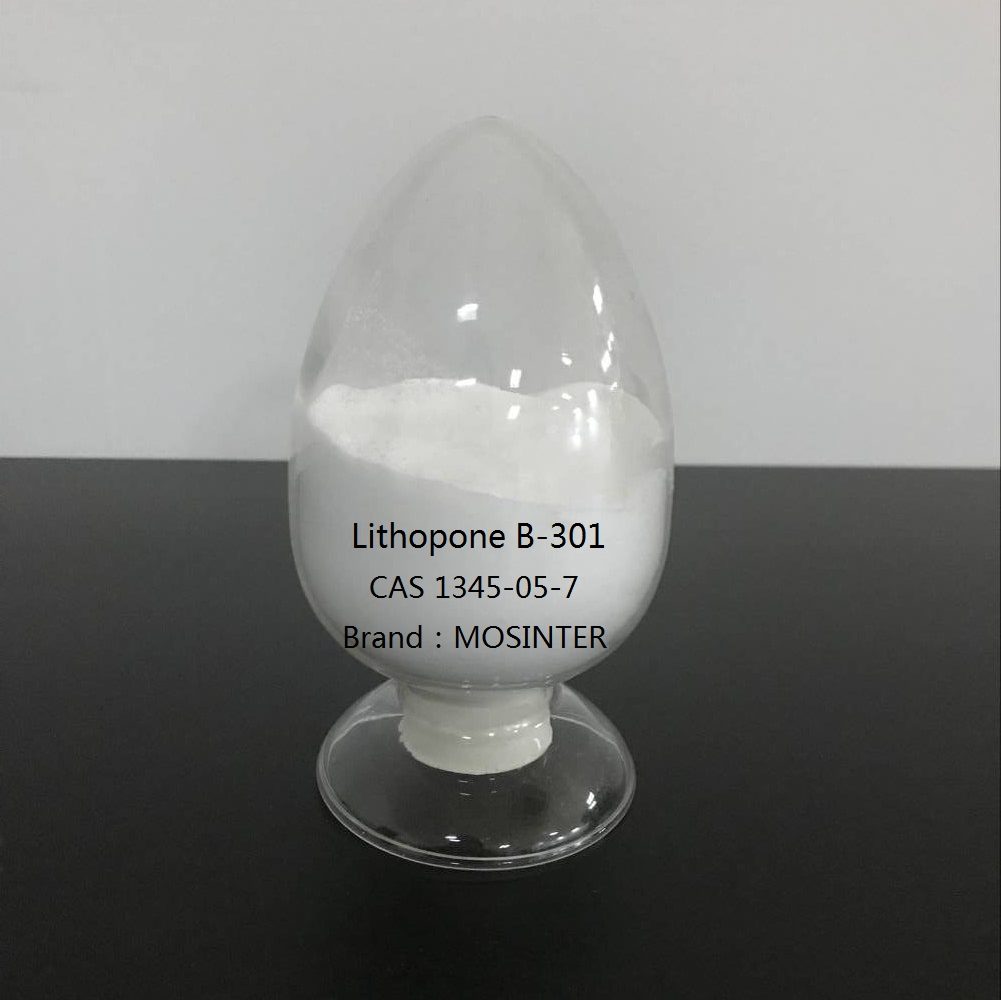
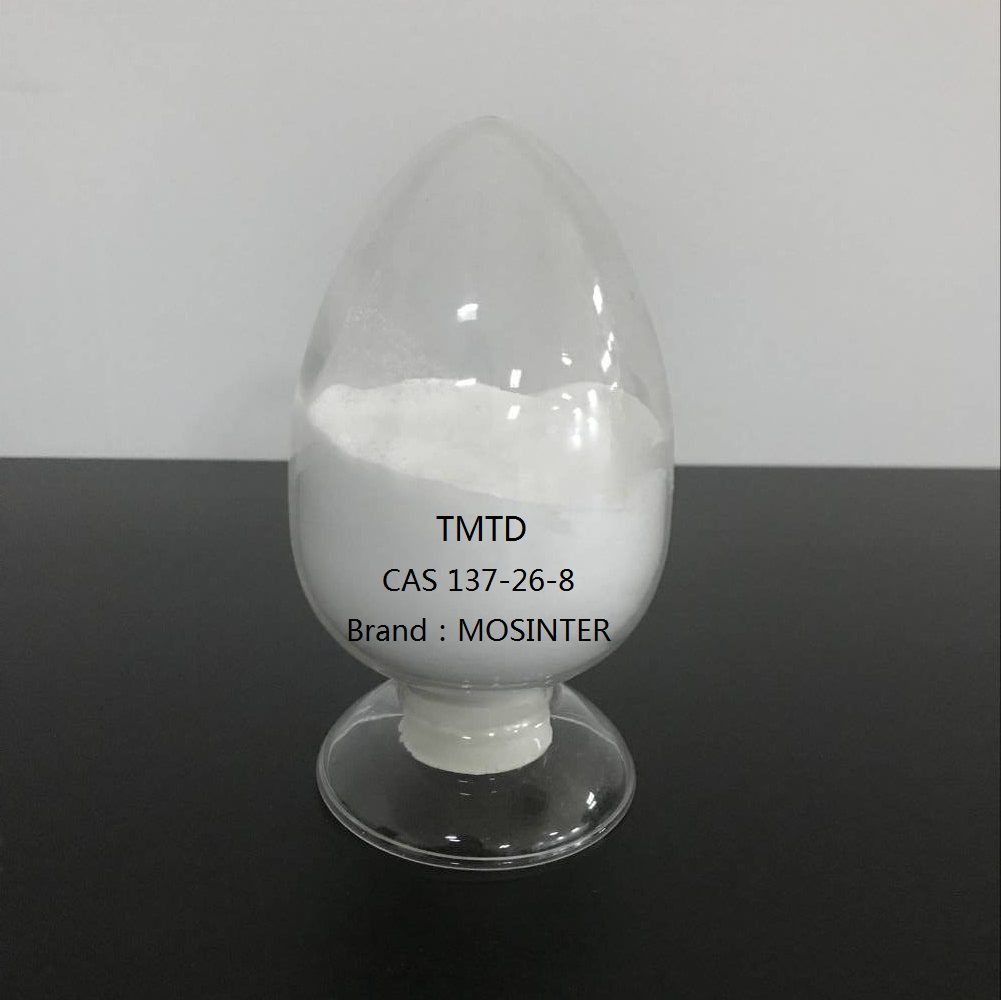
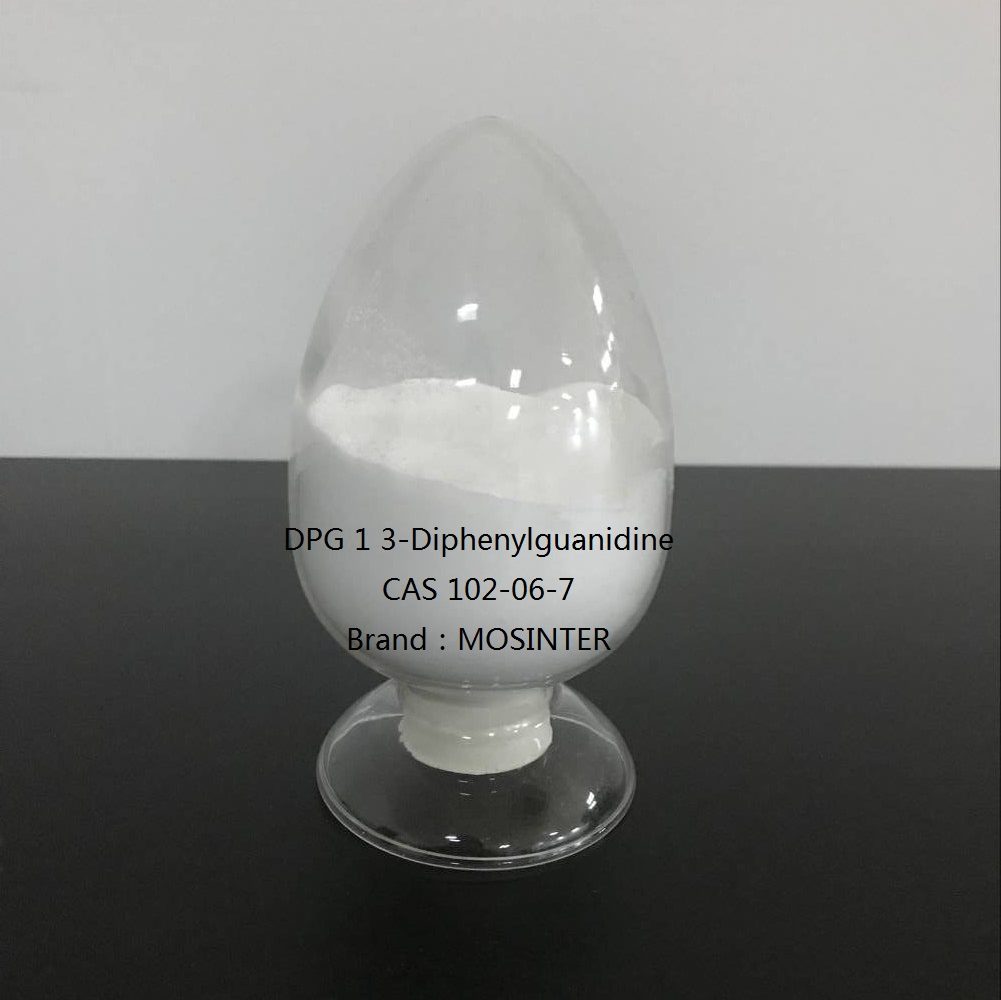
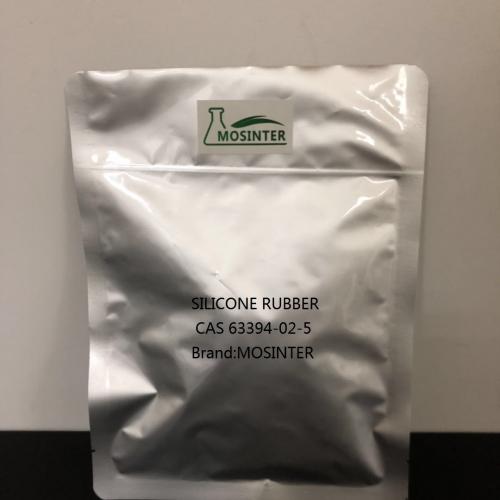
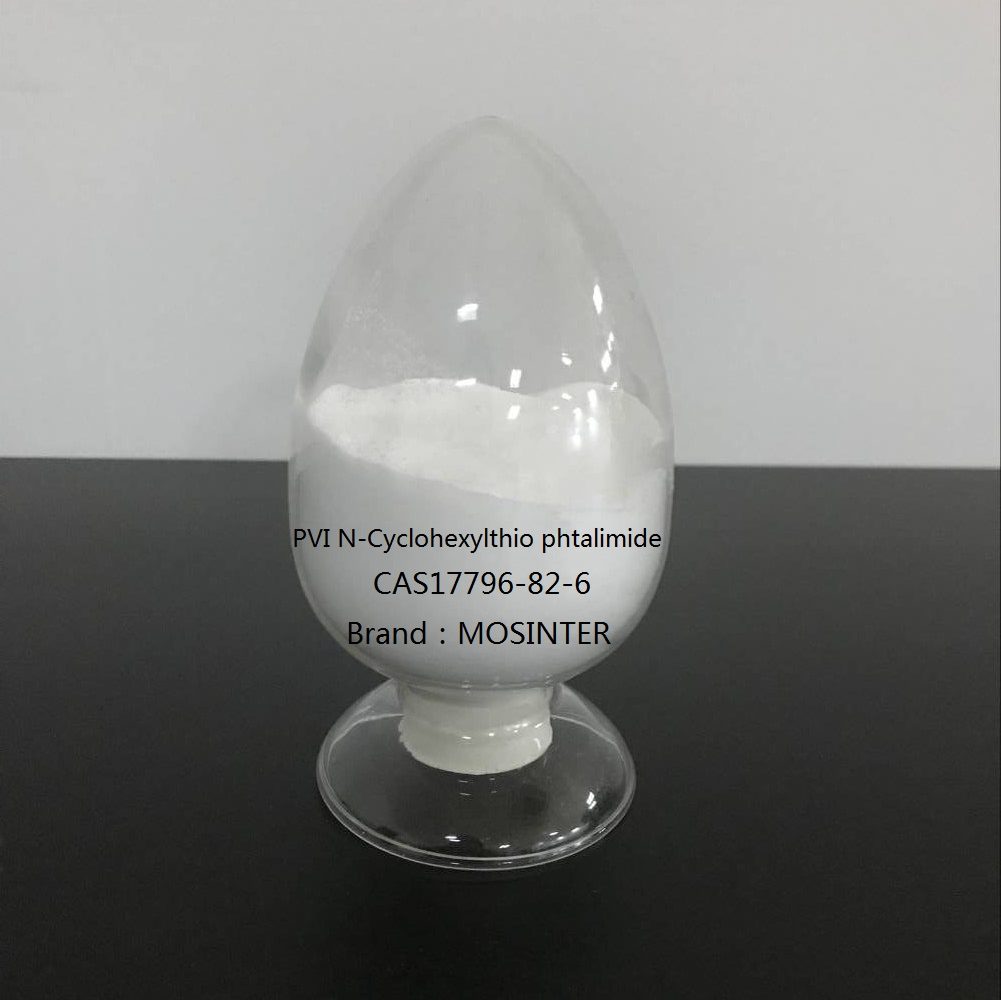
Reviews
There are no reviews yet.